What are the world’s biggest countries? You may be surprised by what they say. Maps can be misleading, so it’s hard to use them to compare sizes. The real size of each country is a much better way to compare them. Most of the time, the area is measured in square miles (mi2) or square kilometers (km2), but hectares may also be used in some situations, especially when it comes to farming.
There are two ways to measure a country’s size: land area and total area. Land area is the area of all the land—and only the land—in a country. The total area, which is sometimes called “Country area,” is the area of all the land, lakes, reservoirs, inland rivers, and sometimes coastal and territorial waters.
1. Russia
Area – 17,098,250 km²
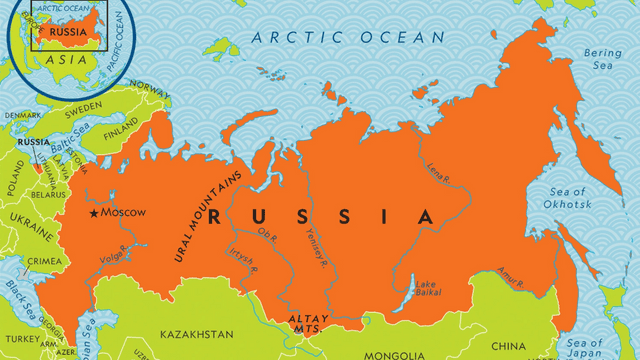
The population of Russia dropped significantly between 1993 and 2008, from 148.37 million to 143.25 million. During this time, Russia’s birth rate plummeted while its death rate skyrocketed. Since then, the population has risen to 145.93 million, but experts predict it will peak by the end of 2020, at which point it will begin to decline.
With a fertility rate of 1.58 births per woman, Russia has one of the world’s lowest birth rates, much below the replacement rate of 2.1. The typical Russian citizen is 40 years old, making it one of the world’s oldest populations. Russia’s population loss is exacerbated by the country’s low immigration rate.
2. China
Area – 9,600,013 km²

According to current estimates, China’s population will reach its peak in 2030, with a declining labor force and 240 million people over the age of 65. China has aged more quickly than only Japan.
Related: What Are the Top 10 Countries That Have the Largest Gold Reserves in the World?
Due to sex-selective abortion and its one-child policy, China has a ratio of 120 boys for every 100 girls, which is a very serious demographic issue. By 2030, it’s predicted that the proportion of men in their late 30s who have never been married will have quadrupled, which will negatively affect population growth.
3. Canada

Area – 9,879,750 km²
Canada is a North American country. Its ten provinces and three territories cover about 9.98 million square kilometers (3.85 million square miles), making it the world’s second-largest country by total area.
Also Read: What Are the Top 10 Countries That Have the Largest Gold Reserves in the World?
Its southern and western border with the United States is the world’s longest binational land border, reaching 8,891 kilometers (5,525 miles). The capital of Canada is Ottawa, and its three most populous cities are Toronto, Montreal, and Vancouver.
4. United States
Area – 9,525,067 – 9,831,510 km²
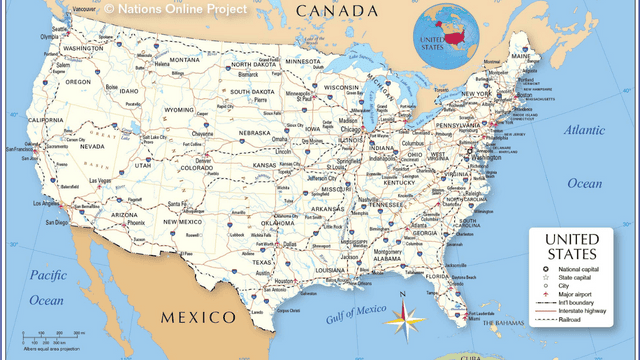
The United States of America (U.S.A. or USA), sometimes known as the United States or America, is a country in North America. It is comprised of fifty states, a federal district, five large unincorporated territories, nine Minor Outlying Islands, and 326 Indian reservations.
It ranks third in terms of both land and total area. Canada and Mexico have land boundaries with the United States to the north and south, respectively. It shares marine boundaries with the Bahamas, Cuba, Russia, and a number of other nations.
Read More: Let’s Explore! the Top 10 Religion and Their Flags Brief
It is the third most populated country in the world, with approximately 331 million inhabitants. The national capital is Washington, D.C., and New York City is the most populated city and financial hub.
5. Brazil
Area – 8,515,770 km²
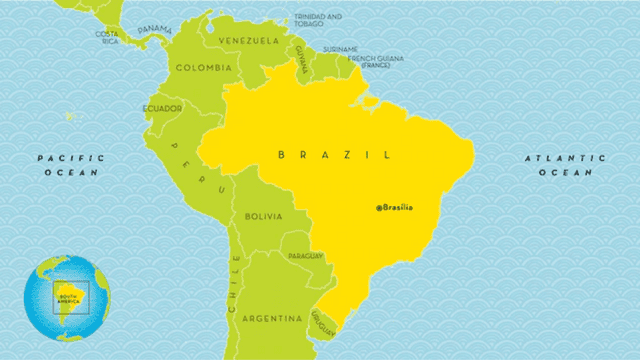
Current demographic forecasts indicate that in the year 2045, Brazil’s total population will have reached its maximum of 229.6 million people.
The annual rate of population increase in Brazil has dropped by a substantial amount. When compared to the current growth rate of 0.72%, the rate of growth in 1951 was 3.02%. After achieving its population maximum in the year 2045, it is anticipated that Brazil’s population would begin a gradual decline, with an initial growth rate of -0.01%.
6. Australia
Area – 7,741,220 km²

The number of people living in Australia is expected to keep growing steadily for the rest of this century. Australia has about 25.5 million people living there as of 2020, and 42.68 million people are expected to live there by 2099.
Australia’s population growth rate is 1.18 percent, which means that about 296,000 more people will live there in 2020 than in 2019. This is due to both net migration, which has been about 150,000 per year for the past few years, and natural growth. At 1.83 births per woman, Australia’s fertility rate is lower than the population replacement rate of 2.1 births per woman.
7. India
Area – 3,287,260 km²
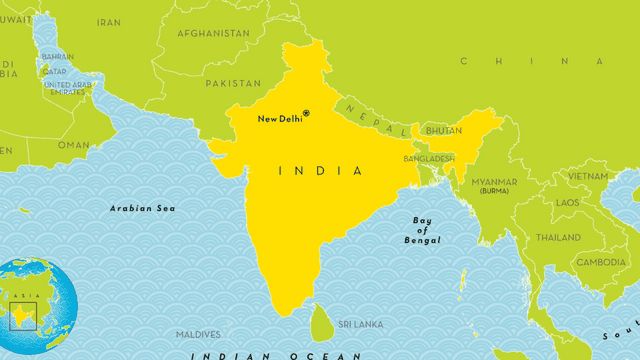
India’s growth rate has slowed down a lot in the last few decades. This is because more people are moving to cities, getting more education, especially women, and getting out of poverty.
Even though India’s population growth has slowed down a lot in the last few years, it is still growing faster than China. By 2026, when both countries will have about 1.46 billion people, India is expected to have more people than China. India is likely to have the most people in the world after 2030.
8. Argentina
Area – 2,780,400 km²

It is expected that by the year 2020, Argentina’s population will have reached 45 million and that by the year 2033, it will have surpassed 50 million. Argentina’s population will peak at 57.94 million in 2079 before gradually declining.
A 0.93 percent annual increase can be seen in Argentina’s population. Even though Argentina’s population density is expected to rise, it’s just 15 people per square kilometer. This is far lower than the global average of 50 people per square kilometer.
9. Kazakhstan
Area – 2,724,902 km²
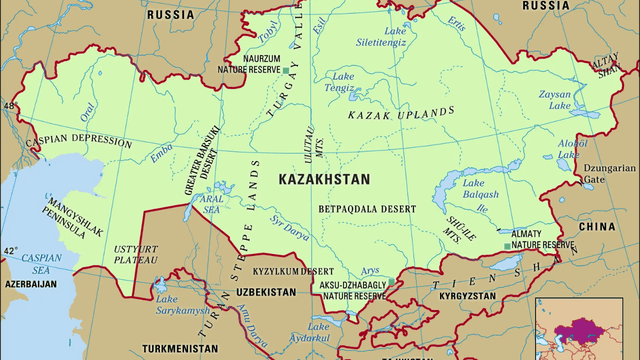
By 2099, the population of Kazakhstan is predicted to expand throughout the rest of the century, reaching 27.91 million people. In 2027, the population, which is currently 18.78 million, is projected to surpass 20 million.
The population growth rate in Kazakhstan is 1.21%. Despite negative net migration, the fertility rate of 2.76 births per woman prevents a population decline. The population replacement rate of 2.1 births per woman is much below this fertility rate.
10. Algeria
Area – 2,381,741 km²
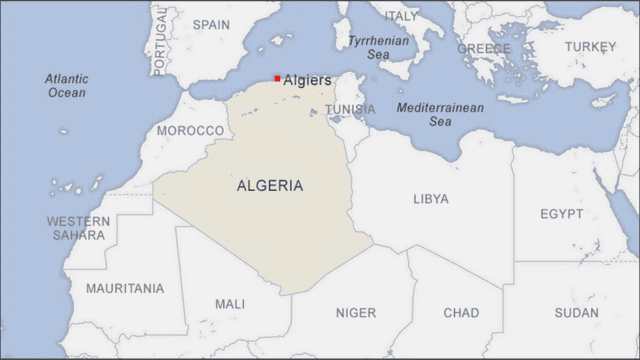
Algeria is currently rising steadily. It is expected to reach 60 million inhabitants by 2049 and to continue increasing until the end of the century. Algeria’s population is expected to reach 70.72 million people by 2099.
Algeria is currently increasing at a 1.85% annual rate, adding over 800,000 people to the population each year. This rate will gradually slow down as the century progresses.



Comments are closed.